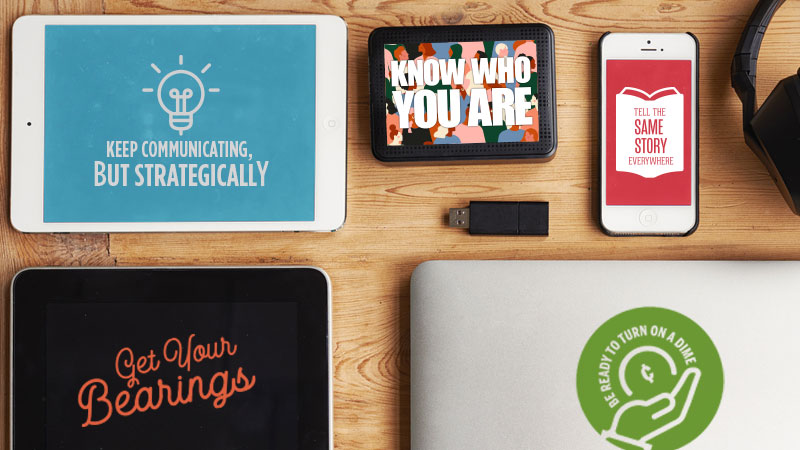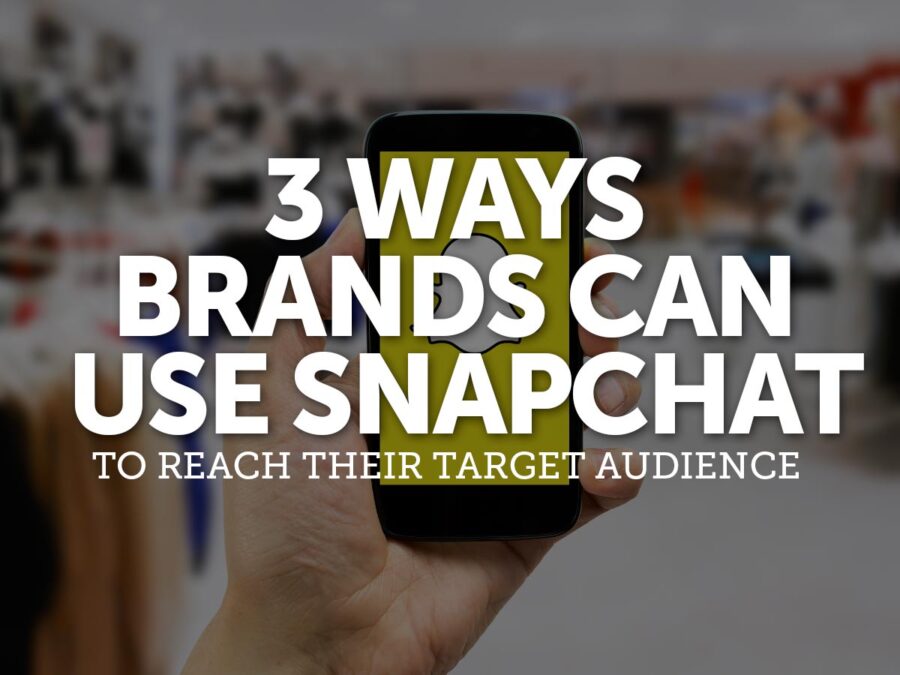As we continue to work through the COVID-19 pandemic, many brands are finding themselves in make-or-break situations—whether it’s a 100-year-old legacy brand or a hot new startup. But, while this may be one of the most wide-reaching crises in recent memory, brands are susceptible to emergencies at any time. As you navigate through this crisis, and whenever the next one strikes, it’s essential that your brand has a crisis marketing strategy when the world seems to go sideways.
1. GET YOUR BEARINGS
When a crisis hits, it’s important to act quickly—but don’t be hasty. First, take stock of your existing marketing across all of your channels to ensure that none of your messaging is inappropriate or insensitive. A crisis is not the time to talk up your latest deals or tout new products. And take a look at your targeting—you won’t want to advertise swimsuits to flood victims. Next, determine any operational changes your brand will have to make as you respond to the crisis internally, like updated hours, closures or limited stock of an item. Then assess how your audience’s needs may have changed and how your brand is equipped to meet those needs.
2. KEEP COMMUNICATING, BUT STRATEGICALLY
It may be tempting to take the “better safe than sorry” route and simply cut all marketing during a crisis, but leaving the conversation means you might not ever get back into it. Going silent leaves room for more empathetic brands to come in and fill the void you’ve left with your audience. Pay attention to where your audience is going as they respond to the situation. Perhaps they’re flocking to Facebook for up-to-the-minute updates or watching more TV with their extra time stuck at home. If you find your marketing budget cut, turn to your more cost-effective media to ensure your audience can still hear from you.
3. KNOW WHO YOU ARE
Your brand values are never more important than during a crisis. As people are dealing with difficult situations, they aren’t looking to be sold a product—they’re looking to connect with people and brands who share their values and can empathize with their condition. Anything you say should add value to the lives of your audience. Poorly done communications that are nothing more than thinly veiled attempts to boost sales will be seen for what they are, as today’s audiences are more attuned than ever to what is authentic and what is not. In times of crisis, what matters is who you are as a brand, not what you sell.
4. TELL THE SAME STORY EVERYWHERE
Your brand’s identity is more than any single message or medium—it’s a living organism spread across dozens of complementary touchpoints. So, at a time when your messaging is so critical, don’t let a stray voice take your brand off-key. Ensure that what you’re communicating across all channels supports your crisis messaging—from your website to your social channels to your front-line employees.
5. BE READY TO TURN ON A DIME
Uncertainty is the only thing you can be certain of during a crisis, so be ready to make adjustments. Listening to your audience is essential as their needs evolve, so be sure to monitor all incoming communication channels. Also, pay attention to changes in the way your audience interacts with your brand. People may be prioritizing content on your website that normally sees little traffic or spending more time watching your video content. Through it all, be ready to make adjustments quickly, based on changing needs.



